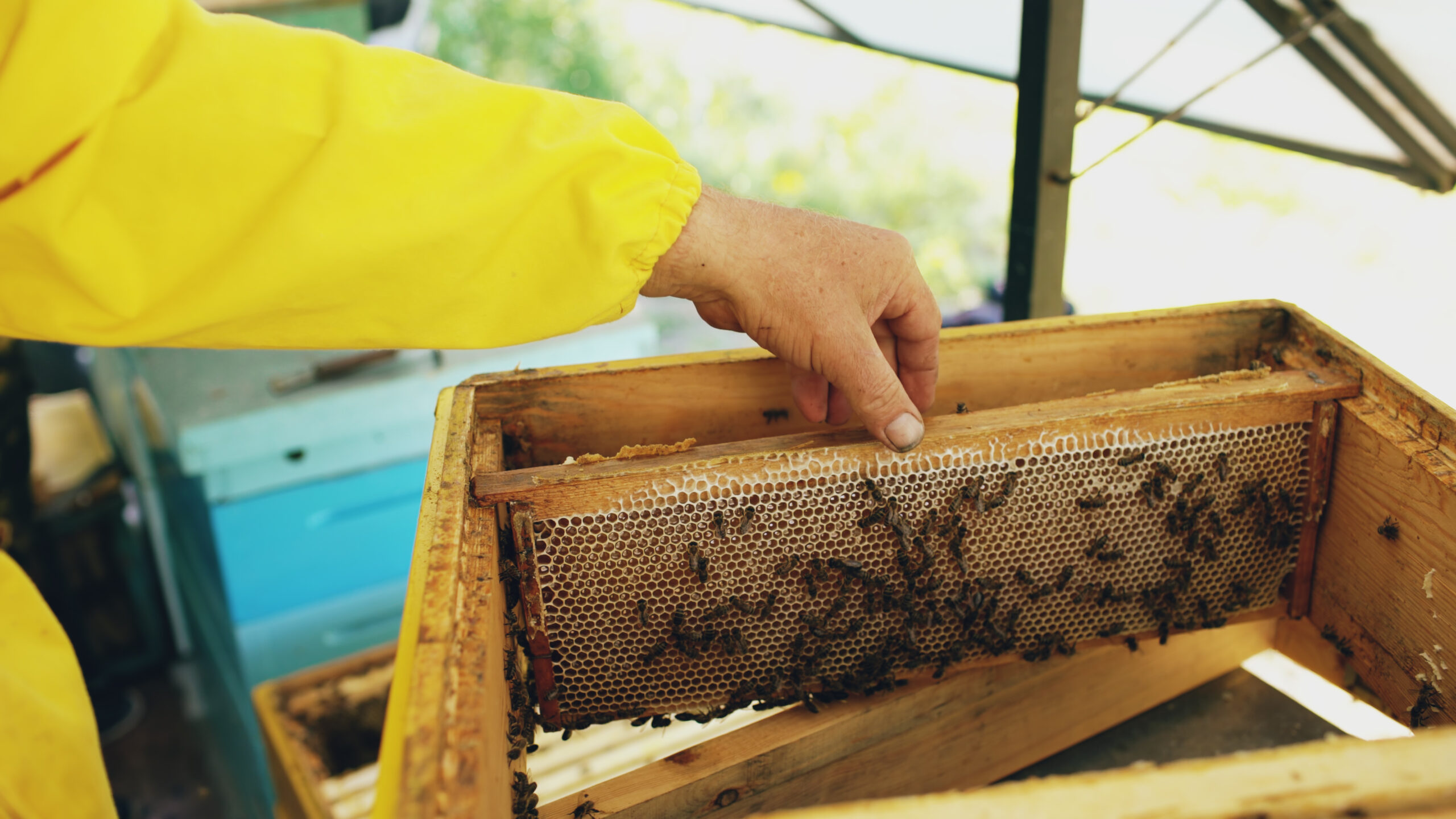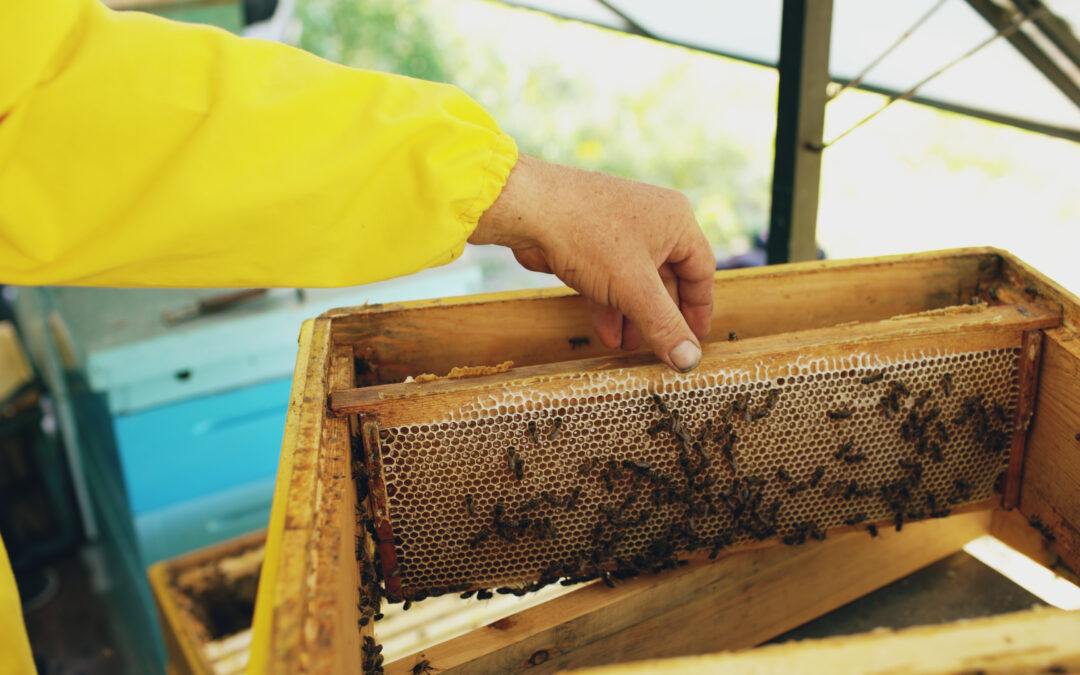Are you interested in starting your own beehive? Beekeeping can be a rewarding and enjoyable hobby that allows you to harvest fresh, natural honey while also helping the environment. In this guide, we’ll cover everything you need to know about getting started with beekeeping in your backyard.
Introduction to Beekeeping
Before diving into beekeeping, it’s essential to understand what’s involved. Beekeeping involves maintaining a colony of honeybees in a managed hive. The goal is to keep the bees healthy and productive so they can produce honey and pollinate plants. As a beekeeper, you’ll need to monitor the hive regularly, manage pests and diseases, and harvest honey when the time comes.
Choosing the Right Hive and Equipment
There are many different types of beehives available, but for beginners, a standard Langstroth hive is recommended. This type of hive has removable frames that make it easy to inspect and manage the colony. You’ll also need basic equipment such as a smoker, hive tool, protective gear, and bee suits.
Finding a Suitable Location for Your Apiary
When choosing a location for your apiary, there are several factors to consider. Firstly, the area should have plenty of flowering plants and trees nearby to provide nectar and pollen sources for the bees. It should also be away from high-traffic areas and not too close to neighbors who may be allergic or uncomfortable around bees. Ideally, the site should receive morning sunlight but be shaded during the hottest part of the day.
Understanding Colony Cycles and Seasonal Management
Honeybees follow a seasonal cycle throughout the year. During spring and summer months, the focus is on building up the colony, collecting nectar and pollen, and producing honey. In fall and winter, the emphasis shifts towards storing honey and preparing for the cold weather ahead. As a beekeeper, you’ll need to manage the colony based on these cycles, monitoring their progress and taking appropriate actions to ensure their survival.
Collecting and Harvesting Honey
Once the bees have produced enough honey, it’s time to harvest! The process involves removing the combs from the hive, extracting the honey using an extractor, and filtering out any impurities. The amount of honey you can expect to harvest will depend on various factors including the size of the colony, the quality of the nectar source, and the timing of the harvest.
Troubleshooting Common Beekeeping Problems
As a beekeeper, you’ll encounter various challenges along the way. Some common problems include swarming, pests and diseases, and poor honey production. To overcome these issues, you’ll need to stay vigilant, monitor the colony regularly, and take appropriate action when necessary. For example, if you notice signs of disease, you may need to treat the colony with antibiotics or requeen the hive.
Safety Tips When Working with Bees
Working with bees can be dangerous, especially if you’re allergic to stings. Always wear proper protection including gloves, veils, and jackets when working with bees. Avoid swatting at them or disturbing the colony unnecessarily, and always leave the hive open only long enough to complete your tasks. If you do get stung, remove the stinger promptly and seek medical attention if needed.
The Importance of Pollination and How You Can Help
Finally, one of the most significant benefits of keeping bees is their role in pollination. Honeybees play a crucial role in the reproduction of flowers and other plant species, which helps to sustain local ecosystems and promote biodiversity. By keeping bees, you’re contributing to this important process and helping to support the environment.






